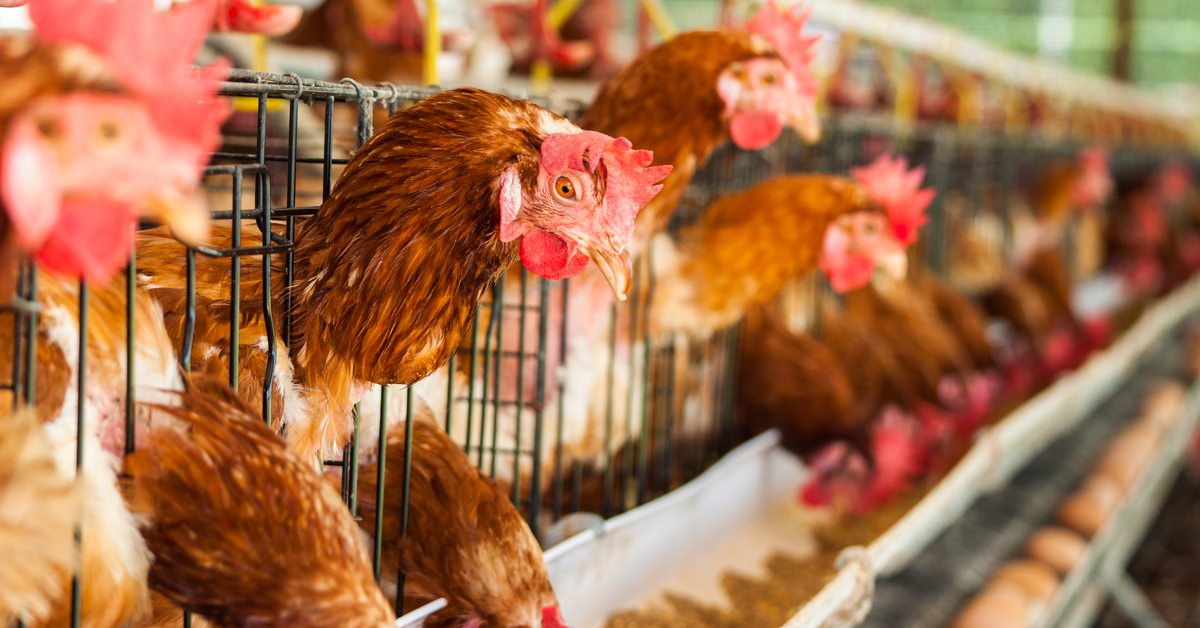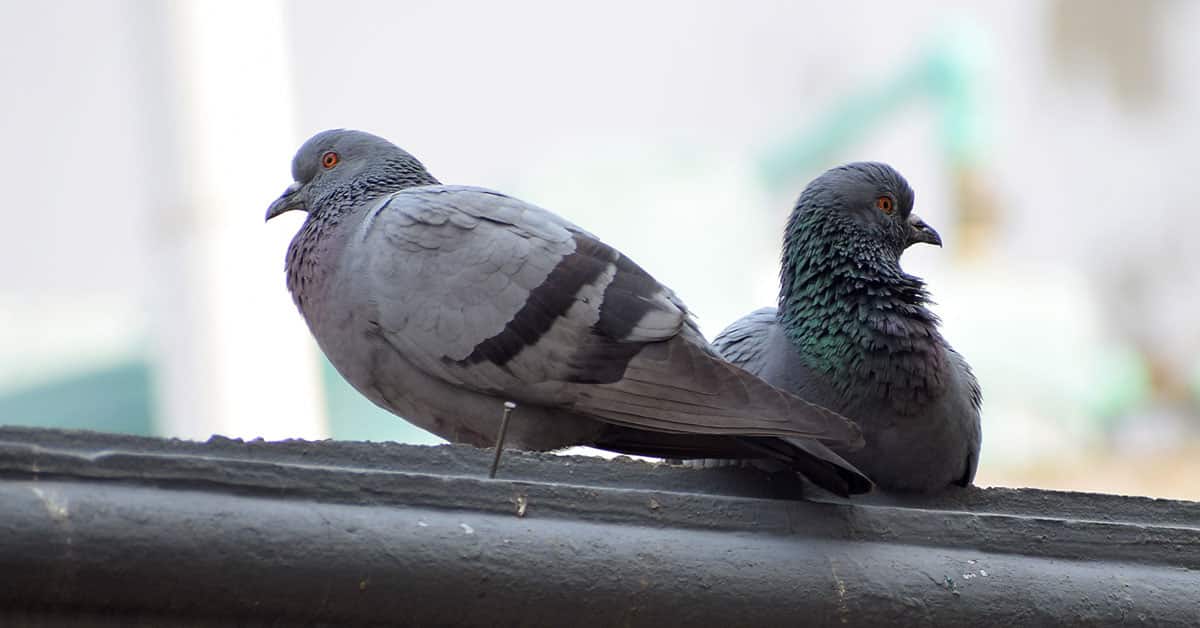If you’ve read articles warning you not to touch wild birds due to H5N1, don’t worry: It’s not that another pandemic is coming.
If you prefer to watch a video about this, here you go:
Now, while there is indeed a pandemic in 2009 (before COVID-19), it’s different.
A Different Virus?
It’s different because the 2009 pandemic is H1N1, not H5N1.
The H something N something has so many versions that they’re almost like SKUs in a supermarket.
They’re influenza A viruses, and in the world of influenza, two main types affect us humans: A and B.
Different Types of Influenza
B is the common flu we have as it affects mainly humans and is transmitted between humans, while A is like humans, pigs, or birds.
They named influenza A based on the surface proteins: the H stands for hemagglutinin, and the N stands for neuraminidase.


There are many versions; some are more popular, while others are not.
And they’re somewhat seasonal, too.
H1N1 created quite a big hoo-ha in 2009 when the World Health Organization declared a pandemic on 11 June 2009.
And yes, in retrospect, people thought it didn’t warrant a pandemic status, leading to WHO hesitating to call COVID-19 a pandemic early in case it becomes another H1N1.
But it was still pretty serious, though not as severe as COVID-19.
Eventually, it became like a seasonal flu instead.
Is H5N1 New?
However, the recent reports you read about H5N1 are different.
It’s not something new: it was first detected in 1959, but the most severe outbreak occurred in Hong Kong in 1997.
It was serious because it could spread rapidly among birds, and humans were infected for the first time.
Spreadability of H5N1
Before you buy all the toilet paper, consider this: Is it easy to enter a Don Don Donki outlet without hearing, “Don Don Donki, Don Don Donki?”
No, right?
It’s rare but still possible, right?
This is the same situation.
It’s very difficult for humans to get H5N1 from birds, but it is still possible for a human to get infected by a bird. They need to be in very close contact with the infected birds.
Moreover, human-to-human transmission is so rare that you shouldn’t worry about that.
And here’s the thing: throughout history, there have always been reports of influenza A viruses among birds, chickens, and ducks.

So, what’s with the latest bird flu report since it’s supposedly common?
It’s a play-safe move.
In recent weeks, there have been some cases of humans being infected with H5N1 in the US and Australia.
What’s new is that some of them got infected from close contact with cows, so it’s like the bird flu jumped from birds to cows and then to humans.
Nevertheless, there haven’t been any public health concerns.
Singaporean Authorities’ Advice
Over in Singapore, to play safe after these transmissions, the authorities advised members of the public not to touch wild birds or feed them.

They’ve also reminded people who need close contact with birds to observe good personal hygiene and take necessary precautions.
What about the Bird Park or Overseas?
In addition, it’s still safe to visit the bird park because the birds go through more regular check-ups than your uncle, who refuses to opt into Healthier SG.
But, if you’re travelling to other countries, you should avoid birds if possible, and if you’re eating beef, make sure it’s fully cooked.
Anyway, I hope that after reading this article, you won’t chicken out (haha) and buy up all the toilet paper in NTUC.




